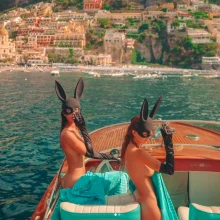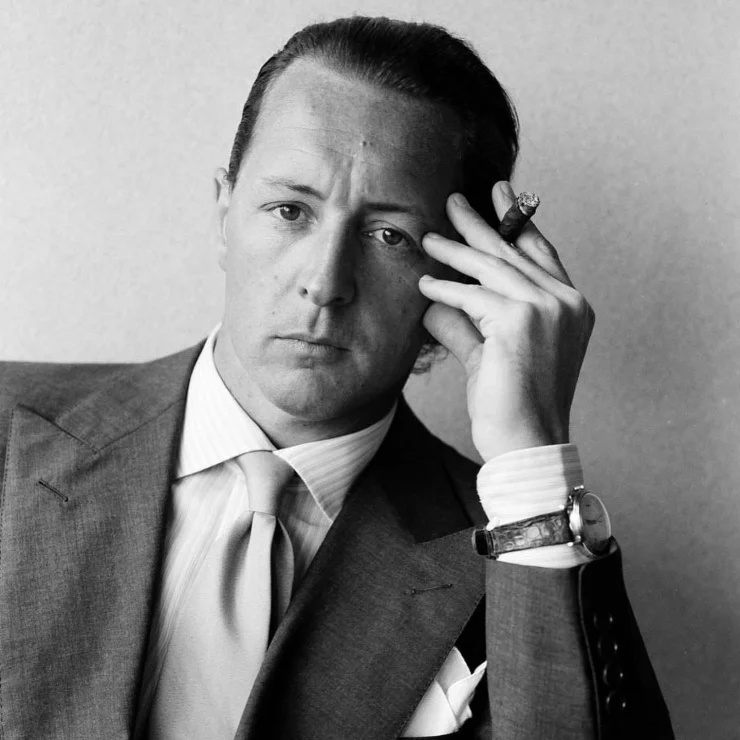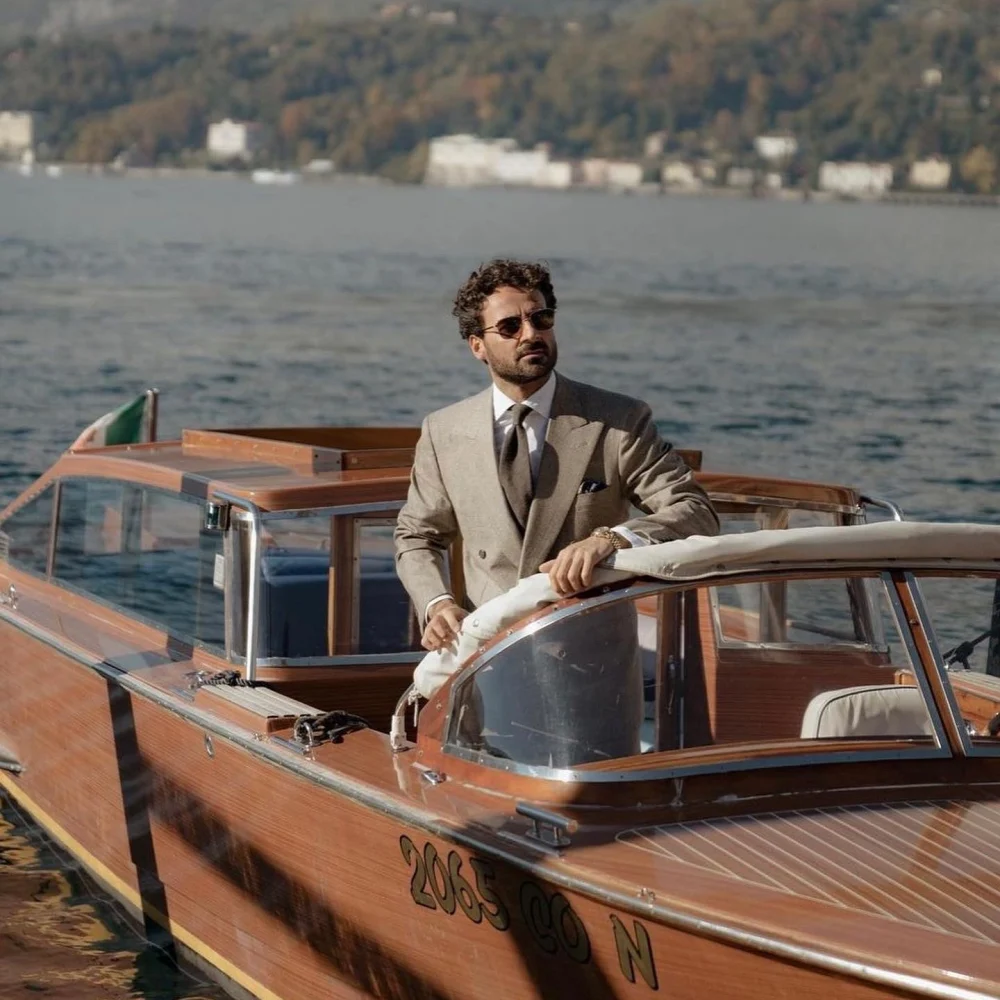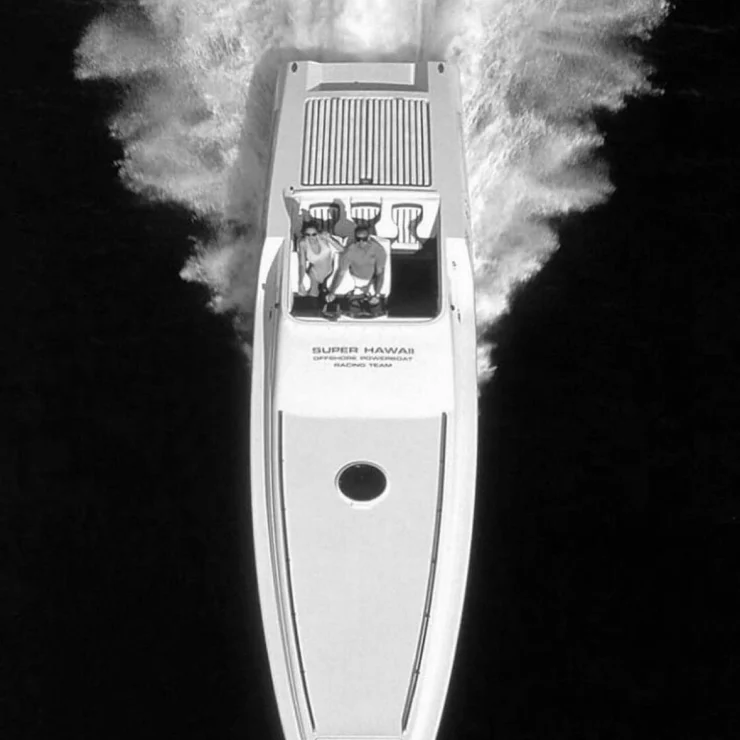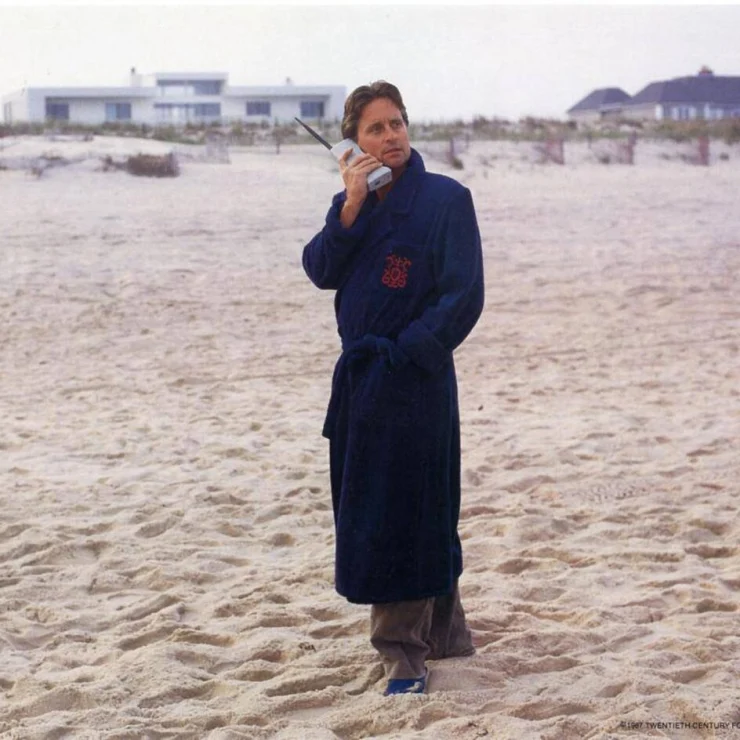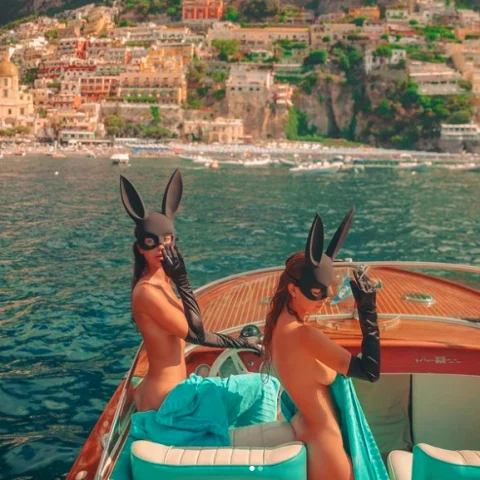428.000 +
Men’s fashion hasn’t seen drastic changes over the few centuries or so, but gone are the days when the cinema introduced men to new forms of elegant and stylish clothing. Yet a few significant changes have been made in the man’s wardrobe over time.
With the basic elements that have remained constant, men’s clothing has been slowly transformed by travel and exposure to different cultures.
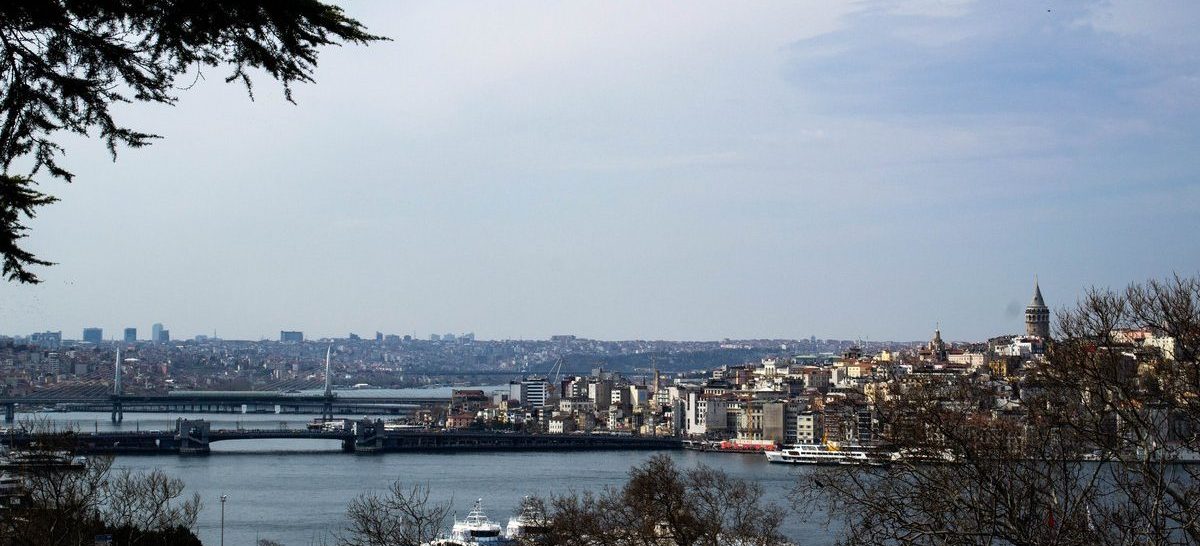
Wardrobe once changed for various occasions, from office to ceremonial to travel clothes. The social status and cultural function played a major role in the selection of attire. Obviously the wealthy and the poor did not the share the same values or privileges.
In the beginning, long distance travel applied to only the wealthy, an average man- unless impressed for a crusade or other military expedition- would rarely have the leisure time or the inclination to travel further than to the next town. Until the late 19th century the only way to travel quickly was by horse and carriage. Sea journeys were hard, painful and expensive.
The industrial revolution brought a lot of changes both in travel and dress.
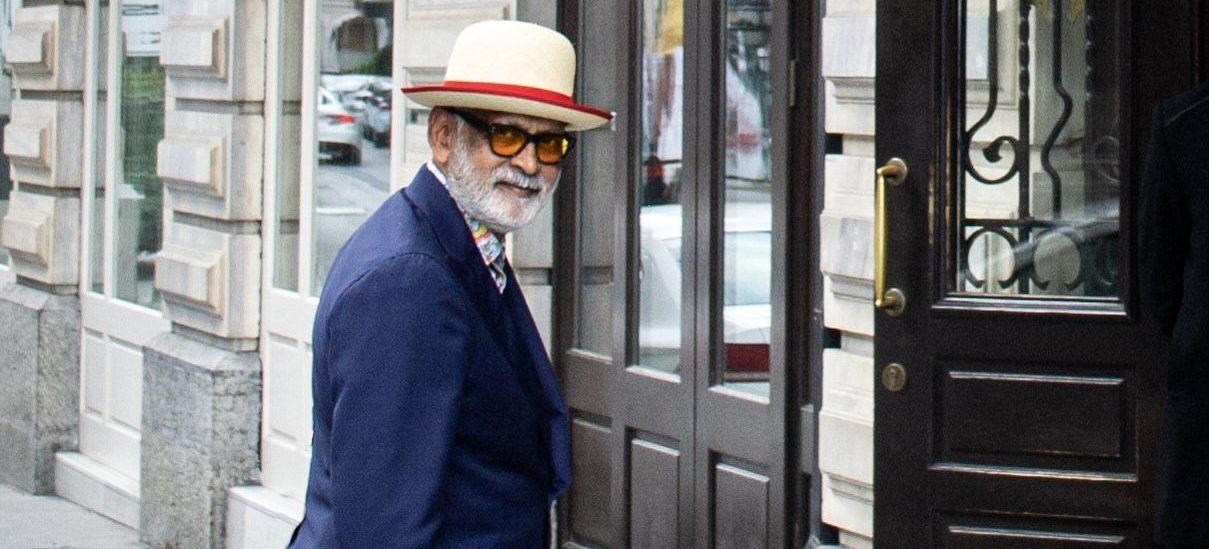
A middle class was emerging and more people had time and disposable income to travel. New modes of transportation helped move them around, first by rail, then by motorcar and ultimately by aircraft.
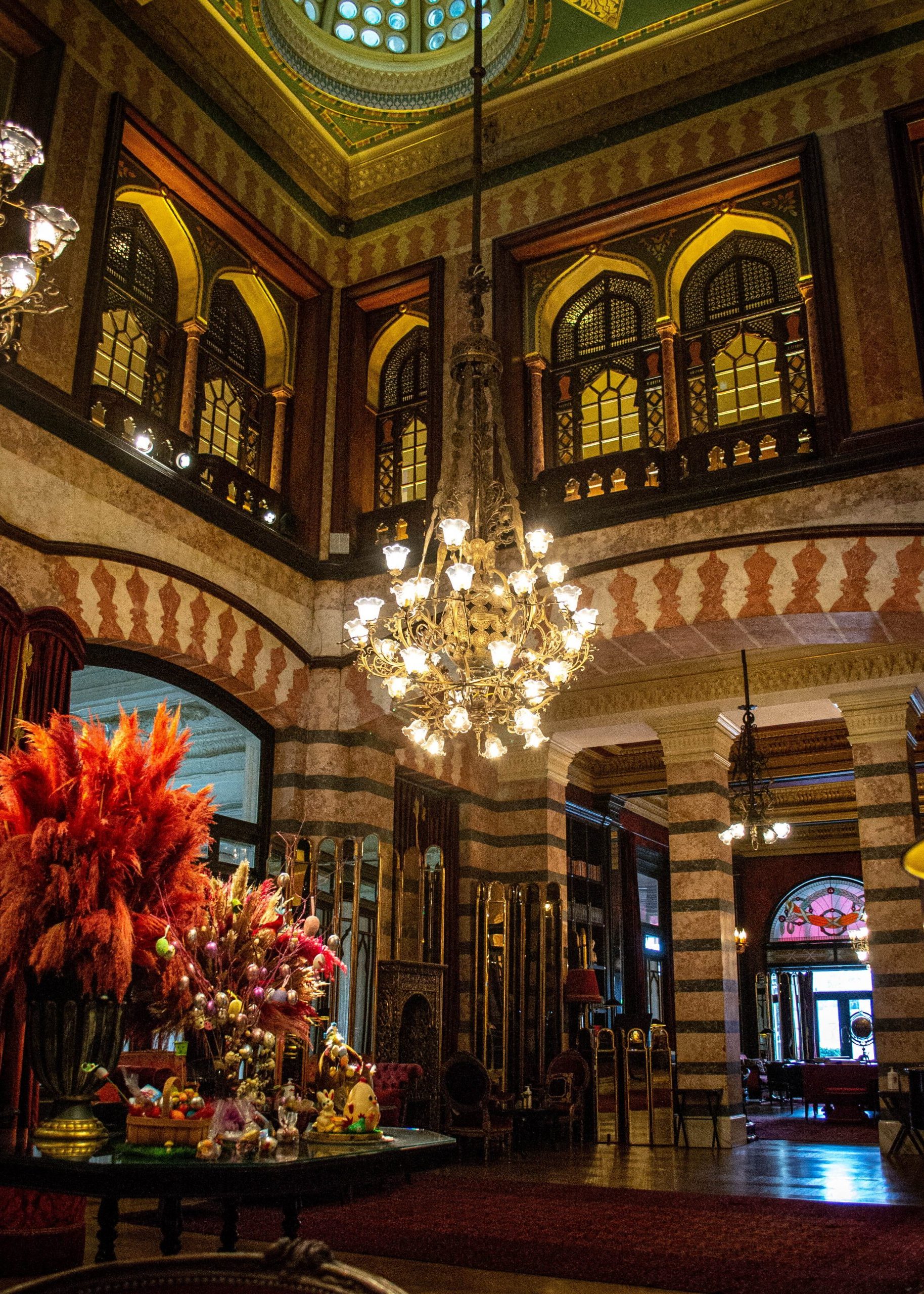
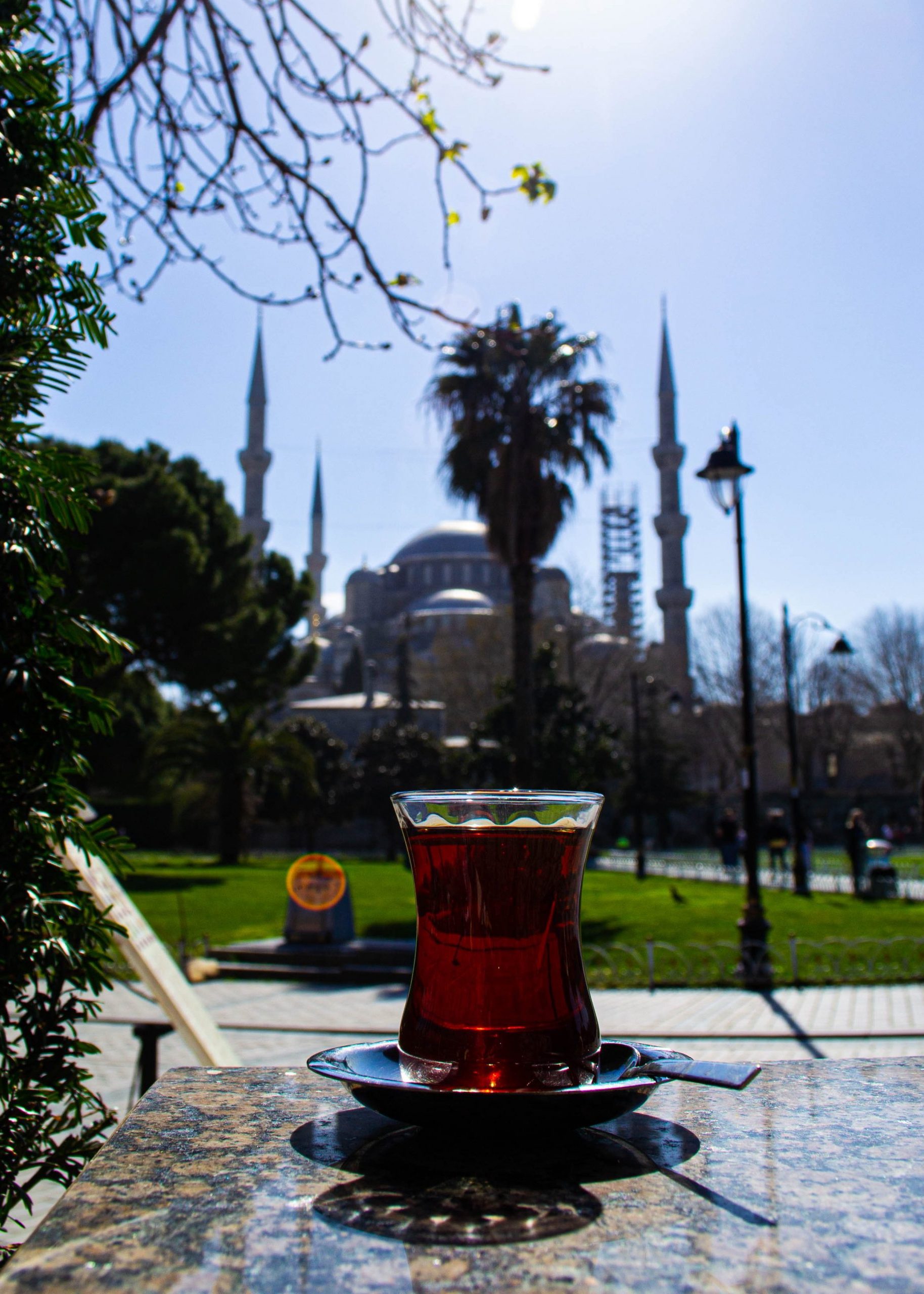
Travel was no longer limited to the wealthy. The industry was revolutionized, adding comfort and luxury. The Englishman, the traveller par excellence, whether as tradesman, soldier, scholar or man of leisure took the British look in men’s dress to every part of the world.
British colonies, throughout Africa and the Caribbean, India and South Asia, became markets not only for imperial manufactures but outposts of the peculiarly British habits and styles. Although other past colonial masters, Spanish, French, Dutch also put their stamps on different continents, their impact cannot be compared with that of the English-speaking peoples (especially now when the effects of Americanization cannot be ignored.)
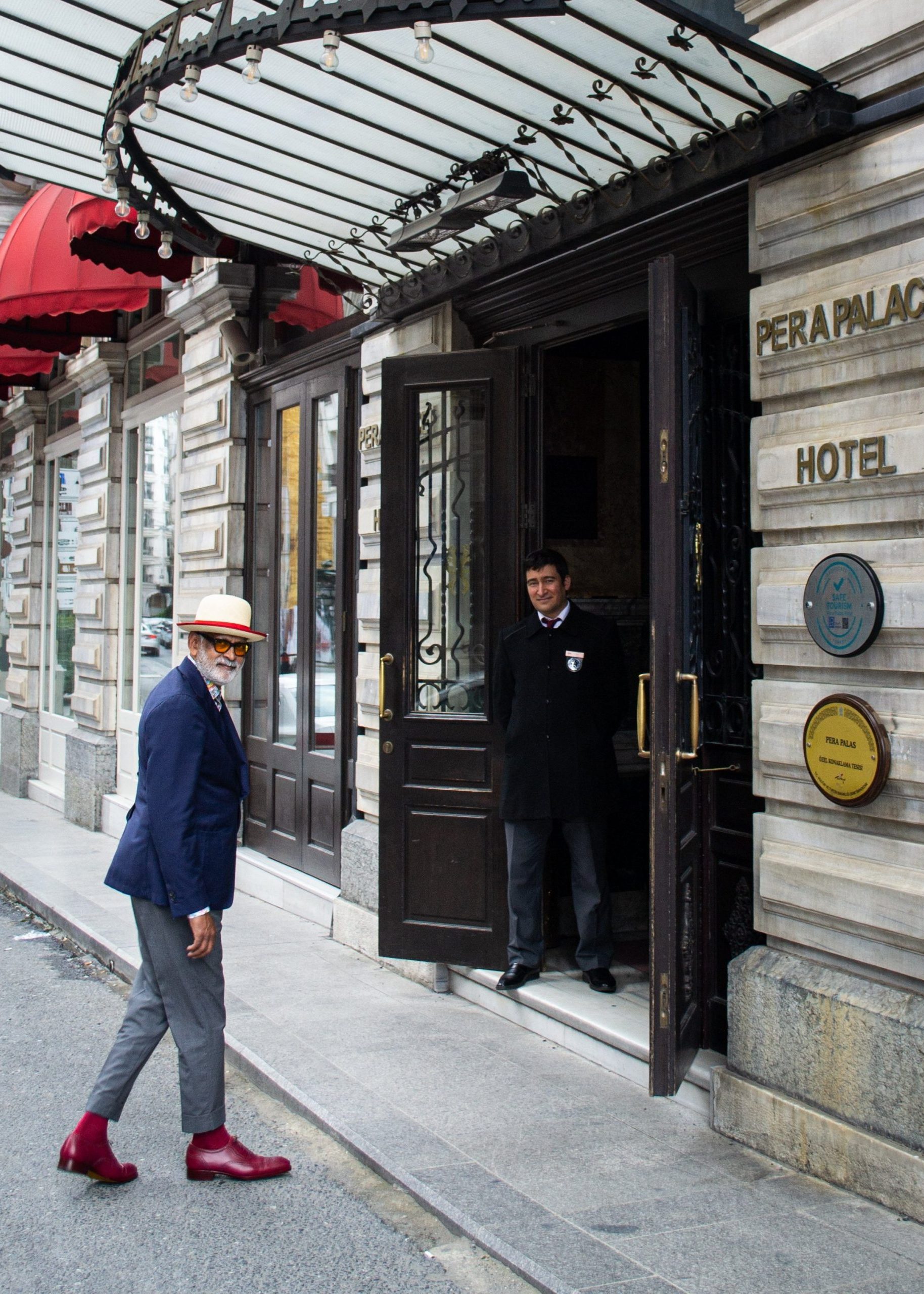
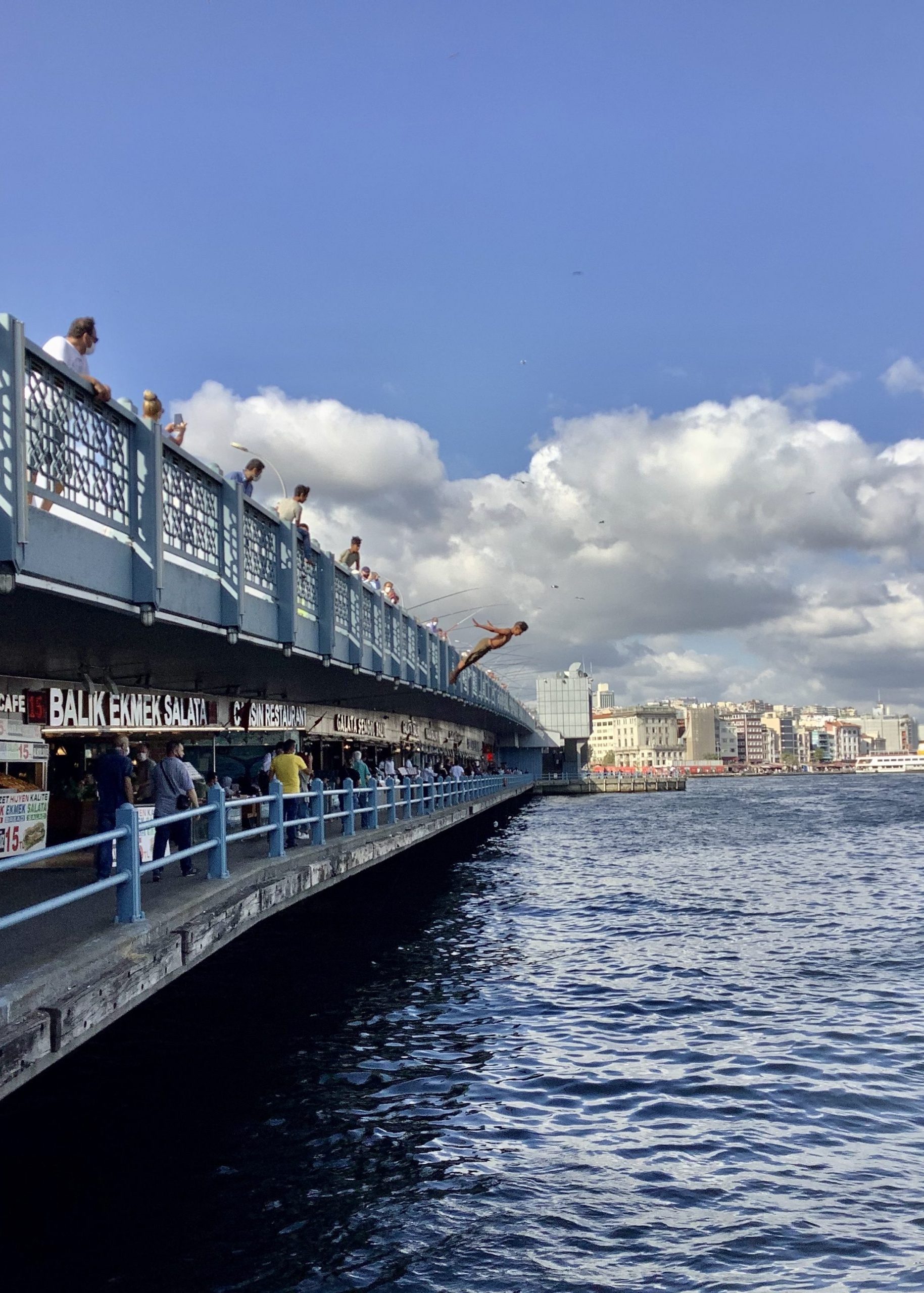
The British demanded style to satisfy their rituals for living and distinction. They established, hotels, gentleman’s clubs, luxury railway carriages to preserve England abroad. Their English and colonial traditions were expressed at tea, on the cricket pitch and for the equestrians at the race track and polo ground..
In the sunny countries, there white linen, straw hats and leisurely cotton attire were worn by Englishman from different career positions. The rubber and tea barons could rely “coolies” to manage their luggage at every junction or terminal. (Today one is lucky to find a trolley if one travels with more than one piece of luggage.) India and the successor countries to Britain’s South Asian empire adopted many of the habits and sartorial idiosyncrasies of their former masters. This life style rapidly spread across Asia, from Hong-Kong to the Middle East. Including Ceylon, where my roots are. The wealthy men of Ceylon adopted some English traditions too. Sunday mass-in a country first Catholicised by the Portuguese- was complemented by the pint of beer at the pub or a stiff gin and tonic in the club. Even the architecture was adopted from the British and adapted
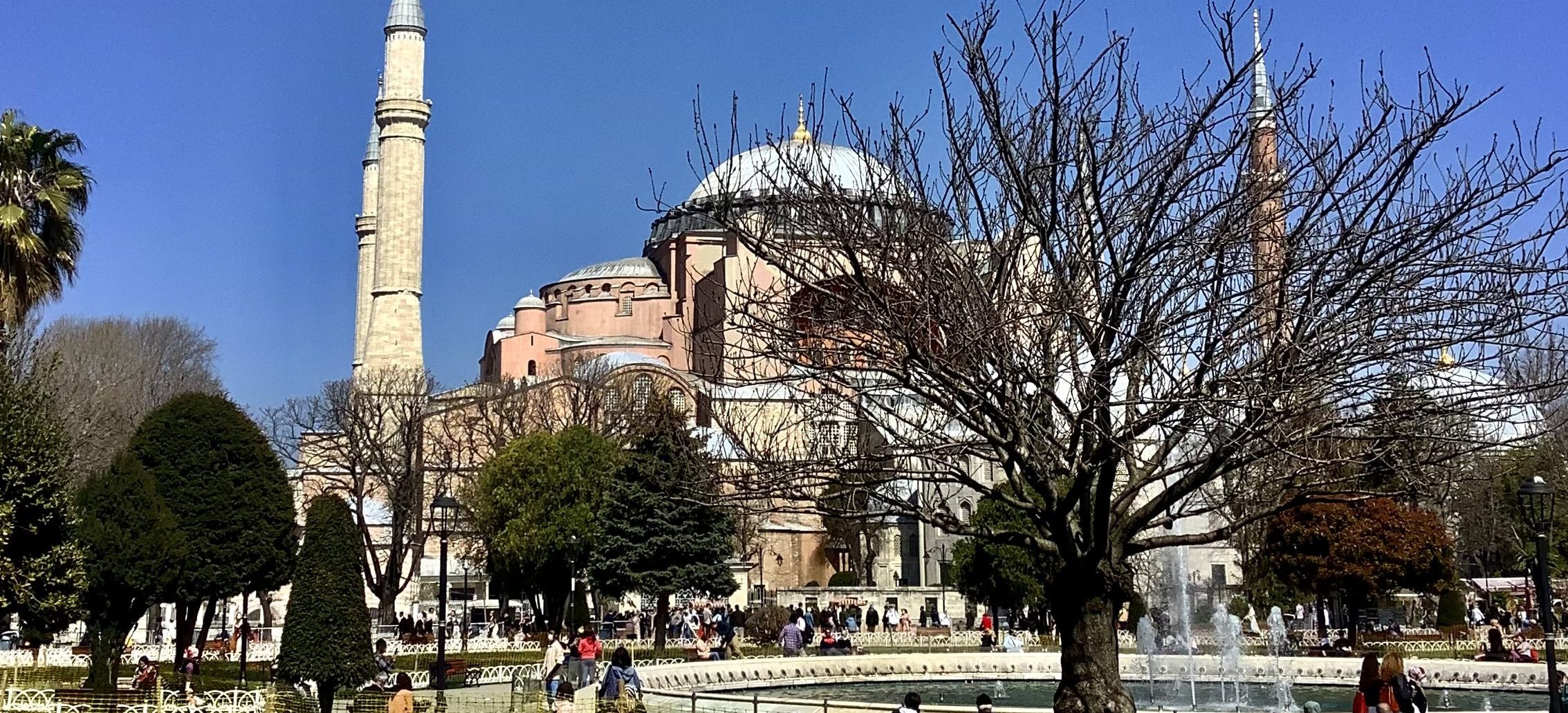
I grew up seeing my relatives and family members develop a whole new lifestyle of living and travel.
Travel was exclusive and expensive, when I grew up, as time passed by there were more possibilities. With less expense, luxury was affordable and I embarked on different travels, to discover nice places, enjoy the benefits of fine hotels and fine dining. I was also lucky to enjoy the time spent in the hospitality industry and now in the clothing industry. I visit Italy regularly to monitor production of my shirts and accessories. Then I travel further to sell to haberdashers in North America and throughout Eurasia.
I would pack my luggage according to the climate zones, A straw hat for the humid South Asian temperatures in Malaysia, A heavy coat for the winters in Switzerland.
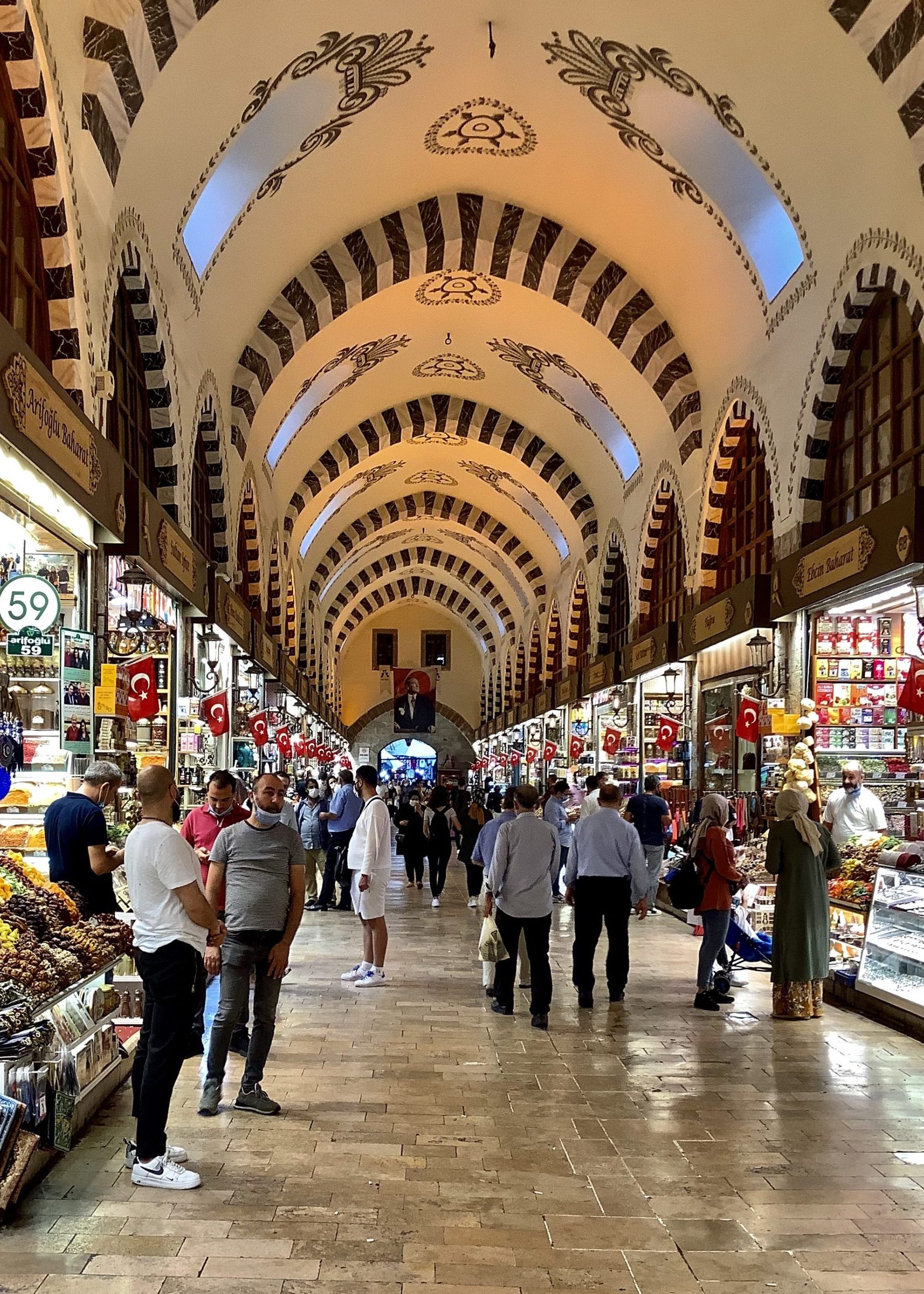
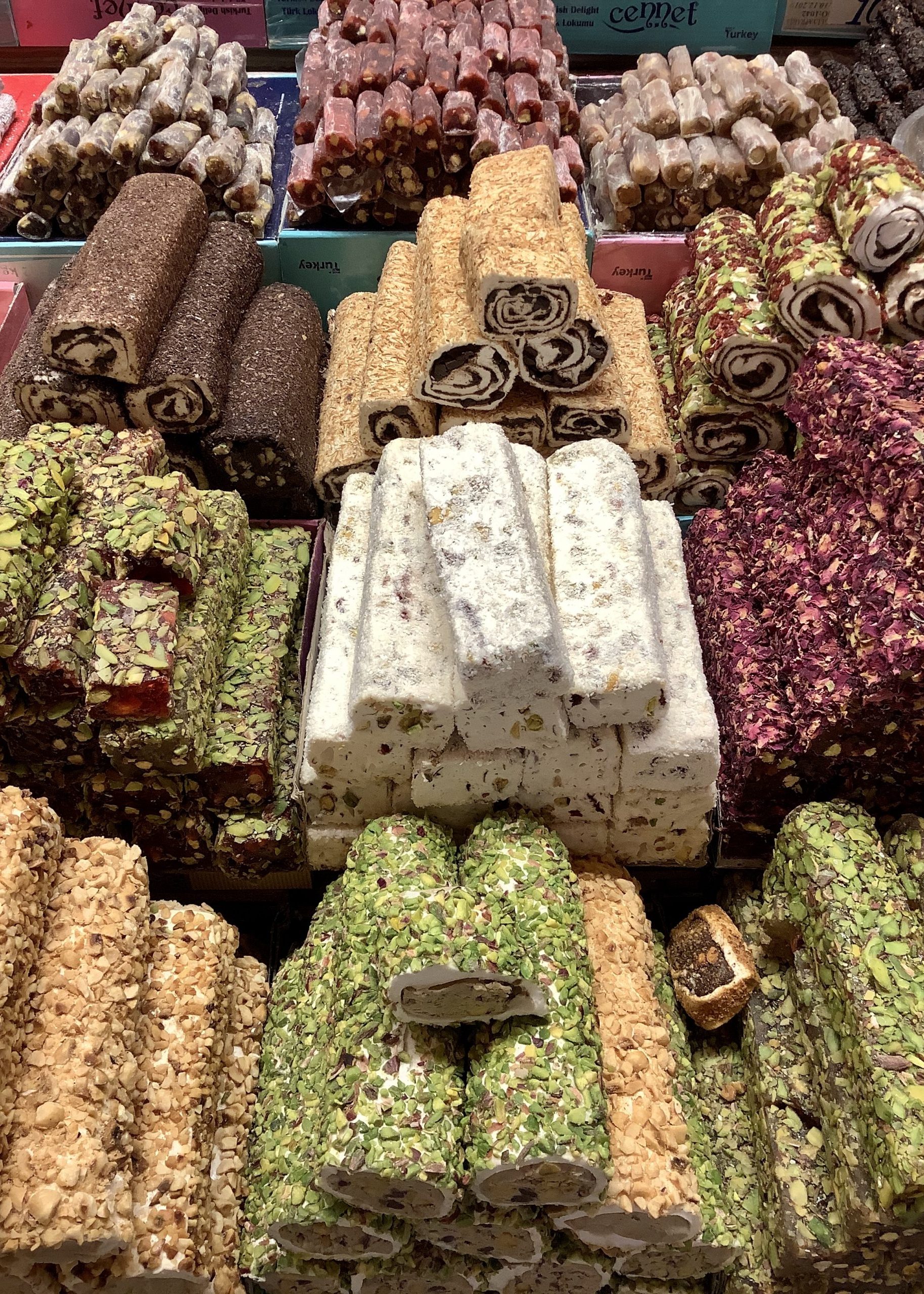
A blue jacket and grey trousers always accompany me with my red shoes and (just in case) Shirt Shampoo to have a “crisp” shirt every morning. When entering the breakfast room, I would judge the day’s weather or await the advice from the front desk manager, like at Pera Palace in Istanbul.
Travel has given me the insight into culture and traditions of people, humble to rich. I still try to maintain my classic style and traditions, while using new devices and media to communicate with today’s demands, without diminishing the value of a gentleman’s culture.

Ignatius Joseph’s recommend places of joy & happiness
Place to sleep:
The Pera Palace
The Soho House
The Çiragan Place Kempinski
Place to eat:
Restaurant Pandeli
Restaurant Aheste
Restaurant Antiochia Concept
Art Galleries:
Garaj
Arter
The Istanbul Modern
Place to see:
Topkapi Place
Chora church
The Blue Mosque
Bars:
Snog Roof Bar
Lucca Bar
360 Istanbul
Balkon Restaurant & Bar
Step into the world of refined elegance and timeless style. Join us on Instagram for the ultimate True Gentlemen Experience
